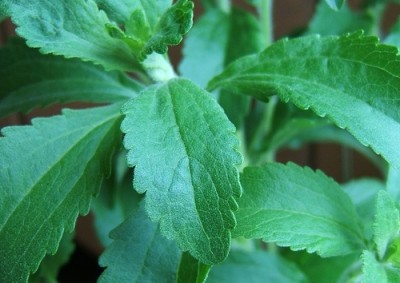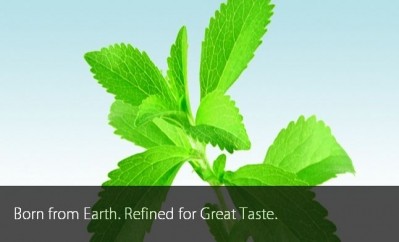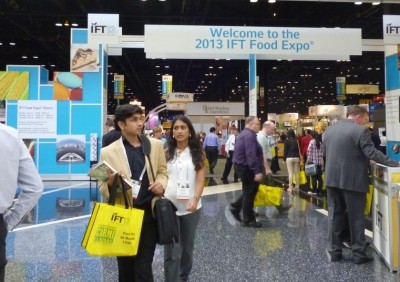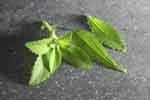Special Edition: Sweeteners
Stevia 2020, from Reb-A to Reb-X: Blends of new glycosides, ingredients from fermentation contribute to increasing complexity of market
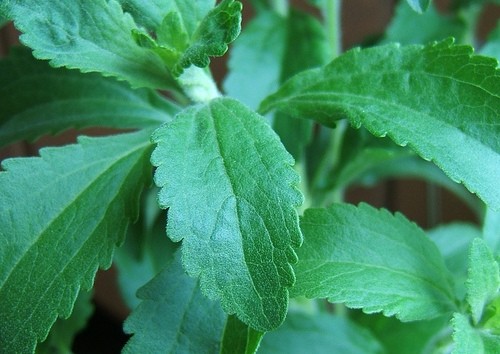
The initial enthusiasm for the ingredient came from its highly attractive attributes—natural (it’s from a leaf!), non-nutritive, intensely sweet, and with acceptable taste, at least at first glance.
But it wore thin as it became apparent that the ingredient couldn’t just be chucked in to replace sugar in most situations with any reasonable hope of success. Sugar just tastes good in everything, and not a lot of formulation brainpower is needed to make it work in a wide variety of applications.
Stevia's challenges
Not so with stevia. It’s sweetness peak might be only fractions of a second past that of sugar on the tongue, but the tongue is a remarkably sensitive organ, adapted to taste things fast enough so that they can be spit out before the tongue’s owner poisoned herself. So those fractions of a second mattered. And the end of the sweetness profile mattered, too, with stevia, at least in its initial formulations, displaying a lingering note described as metallic or licorice-like. All in all, while the ingredient was perceived as sweet, to most tasters it was definitely NOT sugar.
So the first step was working with simple whole leaf extracts and slapping on some masking agents or fillers to file down some of stevia’s rough edges.
“When stevia leaf extract first achieved GRAS status in the US, formulators used stevia leaf extract in less challenging applications such as flavored waters, with great marketplace acceptance. At that time, formulators discovered that using sweetness enhancers and flavor maskers, or other sweeteners like erythritol, was the best way to round out the flavor profile,” David Henstrom, vice president of health ingredients at Cargill told FoodNavigator-USA.
Reb A to the rescue
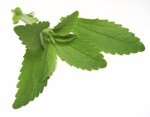
Then researchers at Cargill and other companies started taking the leaf apart, chemically speaking, to discover which of the glycosides in the leaf contributed the most to the ingredient’s impact in an effort to keep the sweet and discard the bitter.
They hit upon Rebaudioside A, which became the first successful and most widely adopted of the standalone glycosides.
“Of the ones we knew at the time, Reb A was as a standalone glycoside the most potent and certainly the most sweet,” said Mel Jackson, PhD, vice president of science at Bellingham, WA-based stevia supplier Sweet Green Fields.
And it became a mainstay, and remains so to this day. Finding out who is using how much of which ingredient and what they’re paying for it is always hard information to come by, but some of the stevia companies are publicly traded, so clues can be gleaned from public filings.
“Based on the publicly traded information, 80% or 90% of the stevia that is sold is pure Reb A,” said Paul Paslaski, vice president of sales at monk fruit supplier Biovittoria who had experience with stevia during a prior stint with Cargill.

But Reb A had its drawbacks, too, and product developers continued to work with different formulation strategies to try to work around them. A whole cottage industry sprang up of formulation approaches that were meant to help stevia taste better.
Most of these strategies employed different flavors and masking agents. But while the flavor houses were working the add-on side of the coin, the stevia researchers were finding still more fractions of the leaf itself that could offer different, matrix-specific blending approaches.
Finding the perfect blend
At Oak Brook, Ill-based PureCircle, the company labeled its approach to finding these new blends Stevia 3.0, said Jason Hecker, vice president global marketing & innovation.
“Although Reb A is a really important part of our stevia portfolio, we recognized it didn’t work in every application. Other stevia glycosides (Reb D and Reb X) plus blends of different glycosides (SG95) are ingredients we’ve used to optimize product taste profiles and achieve deeper calorie reductions,” he said.
“Moving forward, the stevia marketplace is focused on the science behind stevia leaf extracts, particularly the subtleties of how different steviol glycosides interact to create the most pleasing sweetness profile,” Cargill’s Henstrom said.
Jackson said in his opinion the newer blends appeared to work better in a calorie reduction scenario, while the standalone glycosides, especially some of the newer glycosides, performed well in a straight diet product matrix. It’s a point on which the market is bifurcating, he said.
“I think there are definitely two approaches developing and you can see it in the marketplace. Some people are going with compositions or blends, and some people are sticking with single glycosides,” he said.
A key point with the newer glycosides is the question of how much of these can be found in a typical stevia leaf. It’s an issue that hovers over all of reductionist botanical discovery; sure, that’s an interesting, useful compound, but how are you going to extract enough of it to matter?
Making a better plant
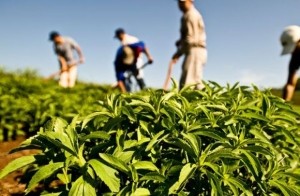
One way to deal with the rarity of, say, Reb D is through traditional plant breeding, an approach taken by PureCircle and Sweet Green Fields among others.
“PureCircle’s Reb D commercialization follows more than a decade of research and development, which has led to identifying proprietary leaf varieties with significantly higher content of Reb D. Through PureCircle’s Comprehensive Breeding Program involving in-house and partner (3rd party) breeding centers . . .we believe the supply picture is positive,” Hecker said.
“We have had a breeding programs in place for the last 14 years. And we have made some significant progress. The goal to start with was to raise the level of Reb A in the leaf but later also to raise the total glycoside content in the leaf,” Jackson said.
So the market comes to another division, and that is between what seems more comfortably natural—ingredients derived from plant source material—to technologies that take several steps beyond that. There are adherents to both approaches.
“We believe there is consumer trust in stevia because it comes from a leaf. Our stevia ingredients are stevia leaf-derived, and we have every confidence in our ability to continue to deliver plant-derived stevia through our own vertically integrated, sustainable and natural supply chain,” PureCircle’s Hecker said.
Steviol glycosides from fermentation
But even with the progress that has been made on the plant breeding front some companies like Cargill and California-based startup Stevia First believe that fermentation of certain hard-to-obtain steviol glycosides will be the commercially viable answer going forward.
“At Cargill, as we create better, more well-rounded tools for a formulator’s tool box, we believe it is important that new technologies optimize sweetness and taste in a commercially viable way,” Henstrom said.
“Based on our technology research, we believe fermentation may be a more cost-effective solution long-term for obtaining the best-tasting minor steviol glycosides,” he said.
With no definition of the term ‘natural,’ it’s hard to say how these ingredients may be perceived in the marketplace. The risk of a consumer backlash might have to be balanced against the risk of never finding a way to derive enough of the minor glycosides from the leaves themselves.
“I think stevia faces a bit of a crossroads that it is going to segment and there are going to be stevia extracts made that don’t fall under what the consumer perceives as ‘natural,’ There has been a lot of press recently specifically about fermentation. It’s really going to be a question of what the public accepts as natural. We accept beer and wine and antibiotics and certain supplements that come from fermentation as natural,” Jackson said.

“It is too early to determine how fermentation-derived steviol glycosides would be classified and labeled. The benefit of this approach for customers is access to more options to meet a range of business objectives.” Henstrom said.
Bottom line: taste
Still, the bottom line remains taste, Paslaski said. From his point of view, it’s a problem that has yet to be solved definitvely for every palate. Even after all these years, it’s the number one thing people mention about the ingredient, he said.
“I think stevia is never going to go away. The question is how big the size of the market will be for them. From the number of formulations out there, they’ve done great job.
"But considering the only reason for stevia to be around is to taste good, it seems to be the only thing that people talk about."
